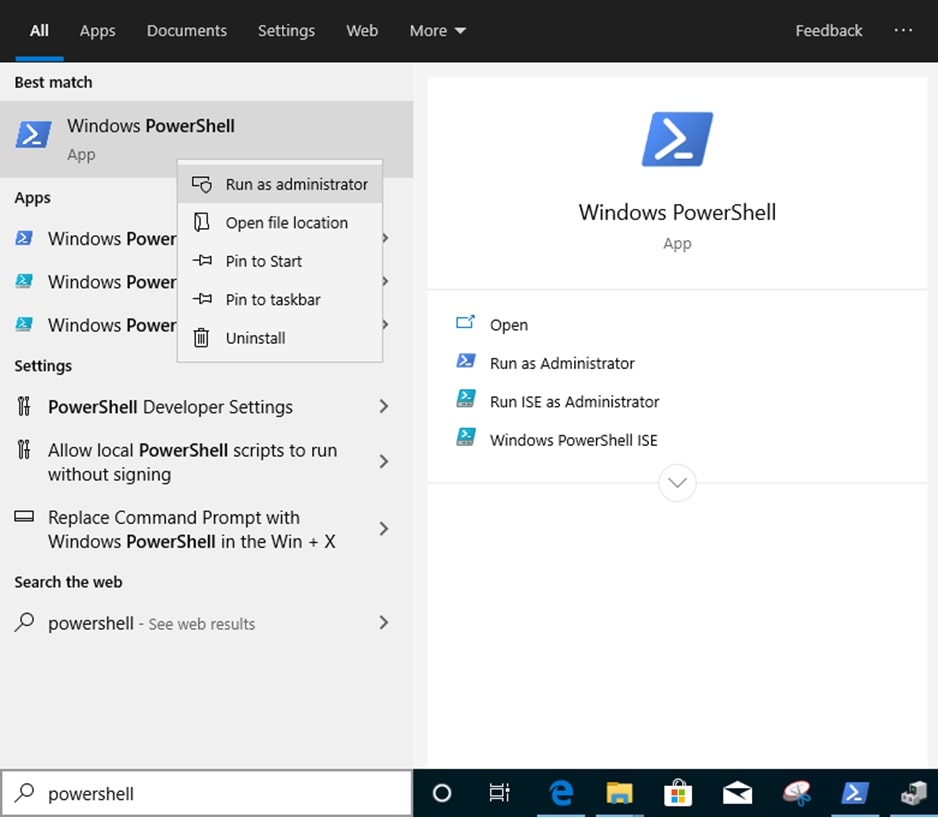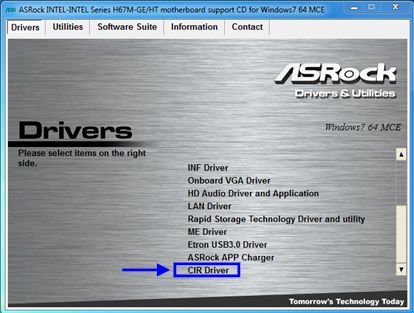

Clock drivers for managing PLLs, module clock dividers, clock gating, software resets, etc.The interrupt controller is a standard ARM GIC-400 design.

NetBSD’s aarch64 pmap does not yet support SMP, so three cores are disabled for now. It is designed to run at frequencies up to 1.2GHz.
Pinebook’s Allwinner A64 processor is based on the ARM Cortex-A53. On a running system, you can inspect the device tree using the ofctl(8) utility: NetBSD uses flattened device-tree (FDT) to enumerate devices on all Allwinner based SoCs. A small amount of this is reserved by the kernel and framebuffer. Today we’re going to take a look at the kernel output at startup and talk about what hardware support is available on NetBSD. Pinebook is an affordable 64-bit ARM notebook. # An annotated look at a NetBSD Pinebook’s startup You can use prebuilt NAS solution based on FreeBSD like FreeNAS, NAS4Free, ZFSguru or even Solaris/Illumos based storage with napp-it appliance. You can put plain FreeBSD on top of it or Solaris/Illumos distribution OmniOSce which is server oriented. Its about ONE TENTH OF THE COST of the cheapest FreeNAS hardware solution available – the FreeNAS Mini (Diskless) costs $1156 also without disks. This gives as total silent fanless system price of about $120. Here is the 12V 96W FSP (external) PSU without the power cord. If course its one SATA power and one MOLEX power so additional MOLEX-SATA power adapter for about 1$ would be needed. Here is the 12V 160W Pico (internal) PSU and its optional additional cables to power the optional HDDs. The PSU 12V 160W Pico (internal) and PSU 12V 96W FSP can be purchased on or for example, at least I got them there. $14 RAM Crucial 4 GB DDR3L 1.35V (low power). $49 CPU/Motherboard ASRock J3355B-ITX Mini-ITX. Now, an example system would look like that one below, here are the components with their prices. It has two cores at your disposal but it also supports VT-x and EPT extensions so you can even run Bhyve on it. This motherboard uses Intel J3355 SoC which uses 10W and has AES instructions. 
Here is how the system look powered up and working.I also chosen AES instructions as storage encryption (GELI on FreeBSD) today seems as obvious as HTTPS for the web pages. Pity that AMD does not provide such filtration for their products. For comparison Intel has lots of such solutions below 6W whose can be nicely filtered on the page. Of course AMD has even more low power SoC solutions but finding the Mini-ITX motherboard with decent price is not an easy task. I have chosen Intel based solutions as they are very low power (6-10W), if you prefer AMD (as I often do) the closest solution in comparable price and power is Biostar A68N-2100 motherboard with AMD E1-2100 CPU and 9W power. The format of the system should also be brought to minimum, so Mini-ITX seems best solution here. Silent means no fans at all, even for the PSU. It also very low power solution, which also means that it will not overheat. Today I will write about silent fanless FreeBSD desktop or server computer … or NAS … or you name it, it can have multiple purposes. Fanless server setup with FreeBSD, NetBSD on pinebooks, another BSDCan trip report, transparent network audio, MirBSD's Korn Shell on Plan9, static site generators on OpenBSD, and more.







 0 kommentar(er)
0 kommentar(er)
